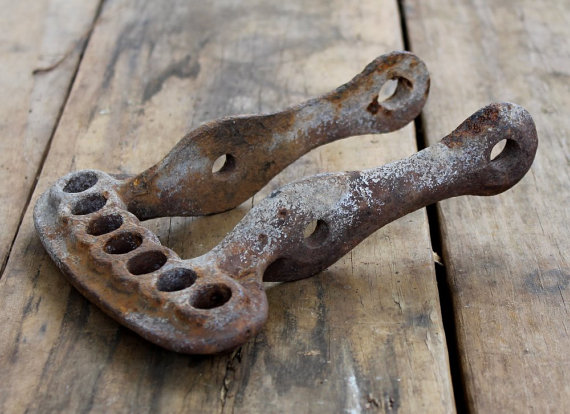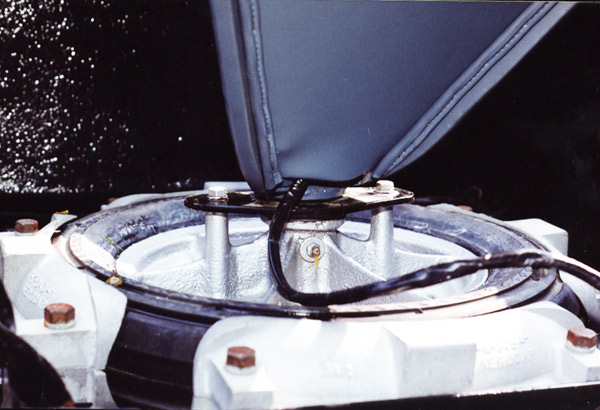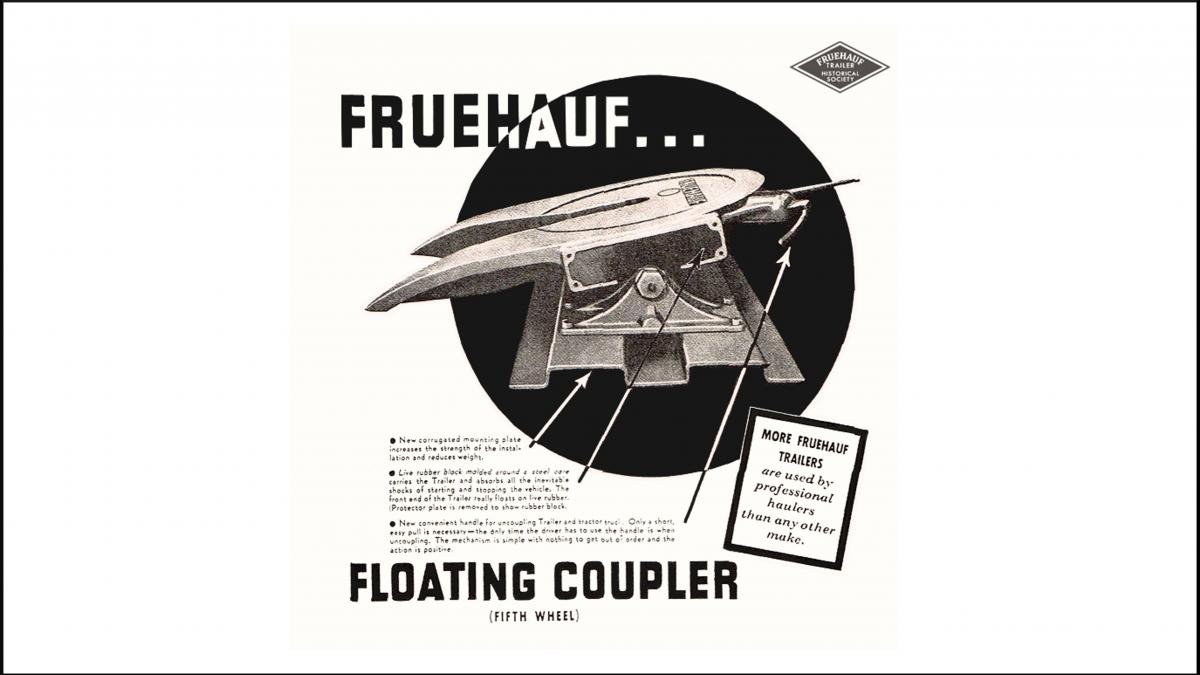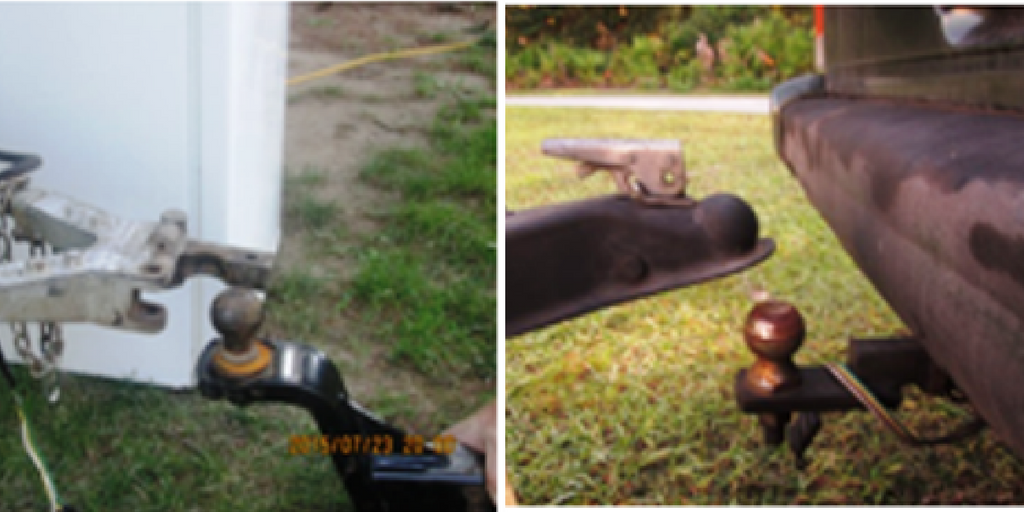Almost since the creation of the wagon, humans have enjoyed some sort of hitch designed to pull something behind the wagon. Discovering the very first hitch would be impossible, as backyard engineers custom-made the first versions.
Hitches allow the network of semi-trucks to pull goods all over the dry land. A version of the hitch connects our train cars to each other. The hitch gives us the freedom to take our RV everywhere.
Not every vehicle has a hitch, but the hitch is one of the most important elements of road transportation. Hitches move America, the world even.
Early Hitch Designs
By all accounts, the horse carriage itself was a hitched affair, connected to the beasts of burden who pulled the cart. Sometimes, though, one wanted to pull a cart behind his cart. In most cases, a simple chain would do, but over time we grew more sophisticated.
Back in the day [read: 1800s and earlier] if you wanted to hitch something to your carriage, you hired a blacksmith to fashion a custom hitch. We borrowed what we’d learned from pulling plows in the field. A hook and loop affair worked well, but so did this plow hitch in the photo above.
First, the blacksmith would weld a loop to the back of your ride, then a hook on your wagon. You might secure it with ropes or pins to make sure you didn’t lose your load. It was a rough tow.
The Fifth Wheel Hitch
At the turn of the century, we already started to look for ways to pull more with our horseless carriages. In 1917, a man named Glenn Curtiss devised a system which used the engineering of a wheel to make a hitch that flexed with the road.
Building off the idea of a fifth wheel for the car, he suspended an auxiliary wheel horizontally off the back of the vehicle. The hitch would rest on the center of the wheel.
The sidewalls of the tire provided the necessary up-and-down flexion for the rig. This made for a smoother tow.
Floating Coupler
Sometimes called a fifth wheel, but not the same as the original, the floating coupler design simplified the fifth wheel concept. It was a ball and hitch design, which allowed for flexibility and ease of use.
Some give the credit to Otto Neumann and August Fruehauf, and others give it to Frank Zagleleyer. The former started making couplers around 1915, but Zagleleyer’s came out with his design in 1920. By my math, first goes to Neumann and Fruehauf, but does it matter today?
Whoever takes the credit, the design wasn’t much different than what semi-truck and some RVs use owns the roads now. We’ve just made the couplers bigger and stronger since then.
Trailer Balls
What most people know as a hitch is the trailer ball design. This is what we find on most trailers for hauling toys, but older RVs used them too.
In these types of hitches, the rig has a ball hook extended from the front of the trailer which nestles up into a housing. That housing hangs off the back of the towing vehicle.
It may be a simple clamp, closing under the ball, but in most cases, it’s enclosed ring which drops over the ball hook in its entirety. Once in place, the operator tightens the clamp, which operates like a ball socket so the trailer can move left and right when the vehicle turns.
Since then we’ve also witnessed variations of the hitch, like the gooseneck hitch, but we’ve not likely seen the last innovation. As materials improve and loads get more efficient, we’ll like see tweaks with time.
Until such time that humanity stops moving goods on the ground, we’ll hitch extra loads until the cows come home.




